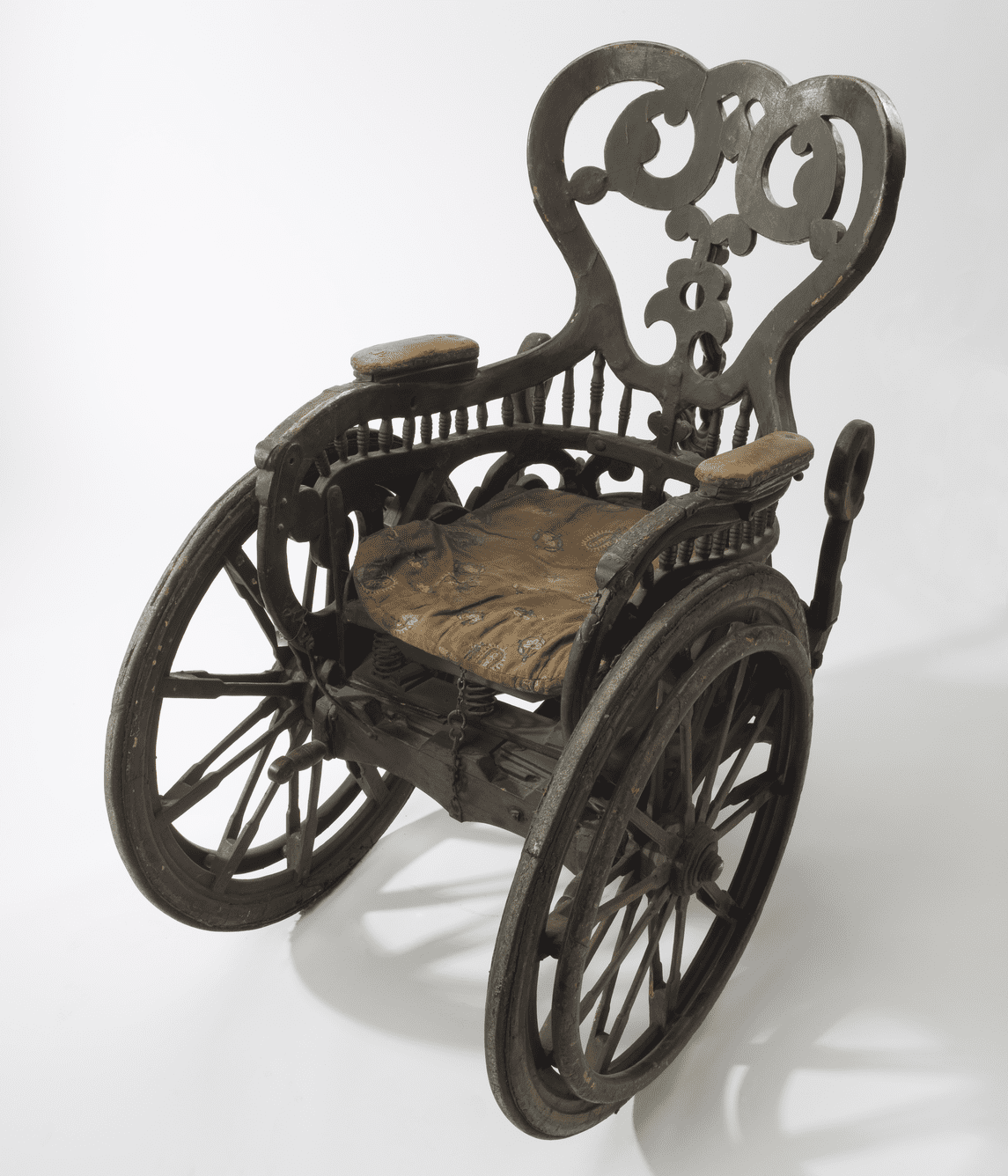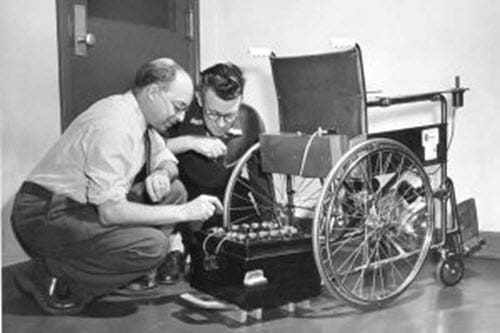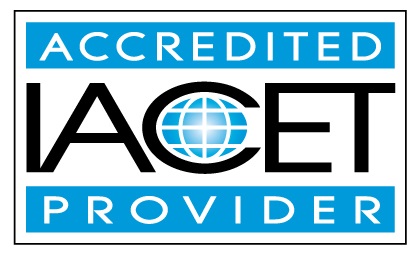Welcome to Key Concepts of Wheeled Mobility
Wheelchairs play a crucial role in enhancing mobility and independence for individuals with limited mobility. Manual and power wheelchairs are each designed to cater to specific needs and preferences. Understanding the key concepts associated with these wheelchairs is essential for users, caregivers, and healthcare professionals alike.
The lessons in this course will provide an overview of the key concepts of manual and power wheelchairs and will present case studies showing how these key concepts are assimilated into real life.
Manual Wheelchairs

Manual wheelchairs are propelled by the user or an attendant, relying on physical effort to move. These wheelchairs are versatile, lightweight, and come in various designs to suit different preferences. Users can choose between self-propelled models, where the user moves the wheelchair using their upper or lower extremities, or caregiver-propelled models, where someone else assists in pushing.
Power Wheelchairs

Power wheelchairs are electrically powered, offering a convenient solution for those with limited upper body strength or endurance. These wheelchairs are operated using a joystick or other specialized controls, allowing users to navigate with minimal physical effort.
Considerations for Selection
- User Needs: Assessing the user’s physical abilities and lifestyle is crucial in determining whether a manual or power wheelchair is more suitable.
- User Desires: It’s important that the user’s desires are paramount when selecting a wheelchair. What does the user wants and how they will use it should always come first.
- Environment: Consider where the wheelchair will be used most frequently – indoors, outdoors, smooth surfaces, rough terrain, carpet, grass, or a combination.
- Funding is a consideration in the selection process. Due to vast number of policies and coverage for CRT, funding will not be covered in this course. The supplier’s responsibility is to guide their client based on their funding source and any other resources available. The final decision is made by the client.
Summary
During the evaluation, selection, and configuration of a manual or power wheelchair for your client, it is important to recognize that individual preferences and requirements vary. By understanding the key concepts and features of both manual and power wheelchairs, users can make informed decisions about enhancing their mobility and overall quality of life.
Course Organization
This course consists of a single lesson at the end of which is a quiz that contains 10 questions. Five of the questions require your response to four different scenarios.
Purpose
The purpose of this course is to understand the key concepts of manual and powered wheelchairs.
Textbook Reference
Please refer to pages 139 to 145 in the textbook Seating and Wheeled Mobility.
Learning Objectives
At the completion of this course, you will be able to:
- Identify 3 aspects of environmental and personal factors that impact the selection of manual and powered wheelchairs.
- Identify 2 aspects of functional mobility.
- Name 2 categories of manual wheelchairs.
- Name 3 powered wheelchair seat functions
- Identify 2 types of add-on power for manual wheelchairs.
Please download and review the Course 8 Resource list.
Course 8: Key Concepts of Wheeled Mobility Resource List

